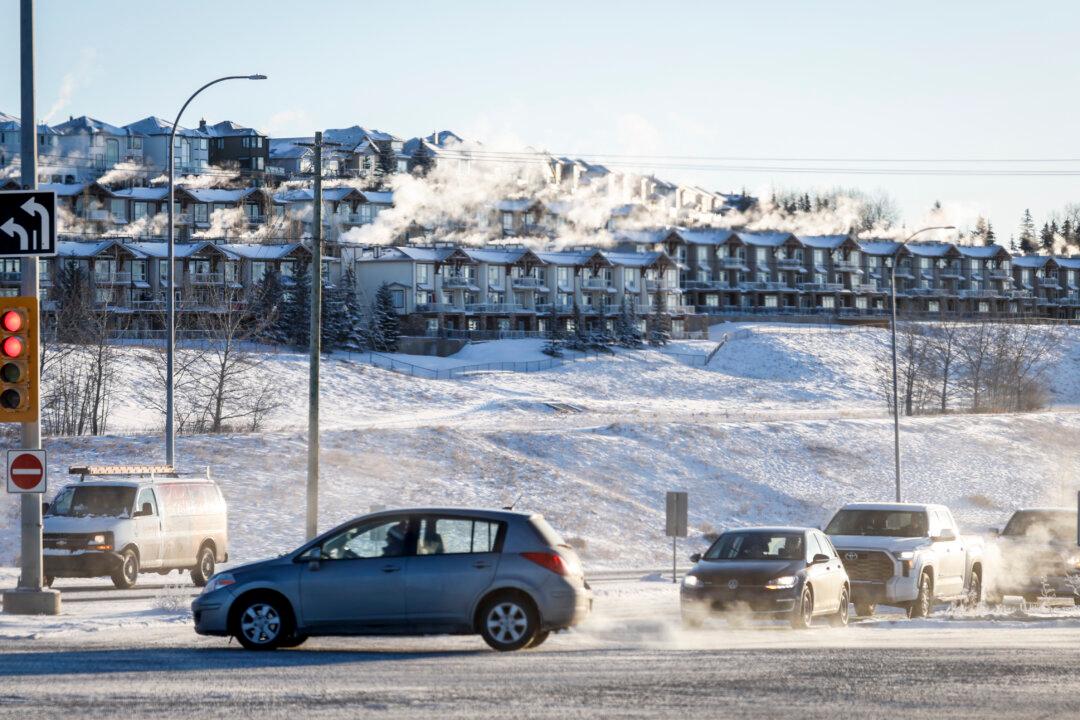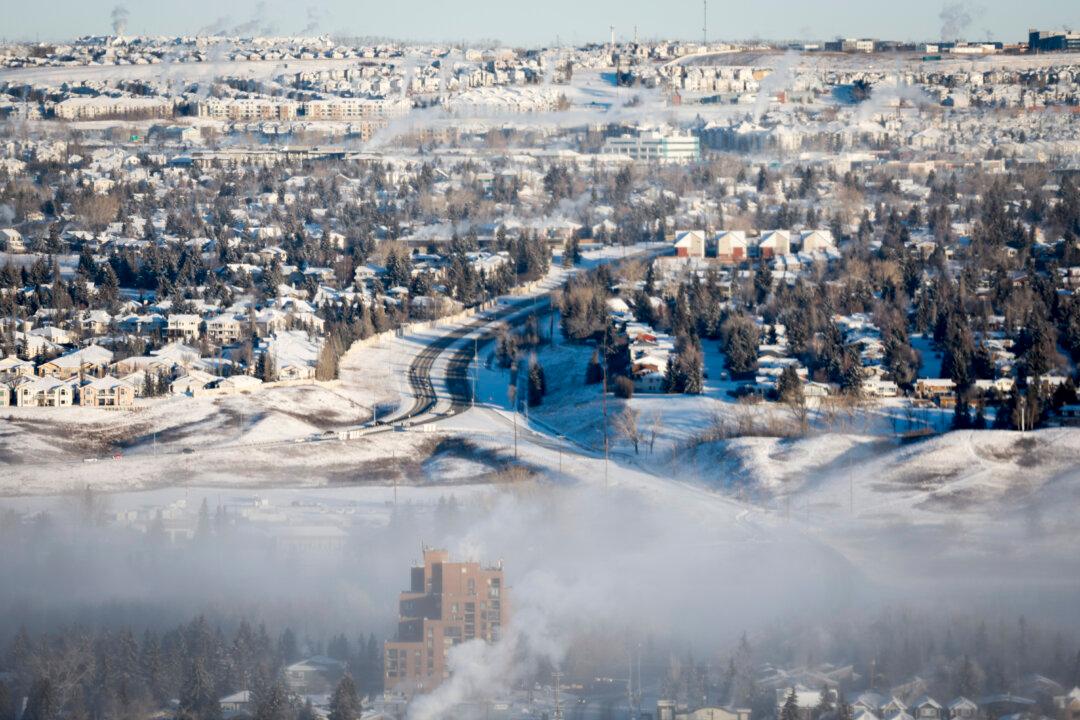Because of extremely cold temperatures, Alberta’s electrical grid was in such peril of falling into rotating outages on Jan. 13 that the provincial government urged people to turn off even their bathroom fans, among other things.
Turning off kitchen or bathroom ventilation fans; delaying the use of washers, dryers, and dishwashers; unplugging vehicle block heaters; and even using a laptop instead of a desktop computer were all suggested to relieve the pressure on the grid.





